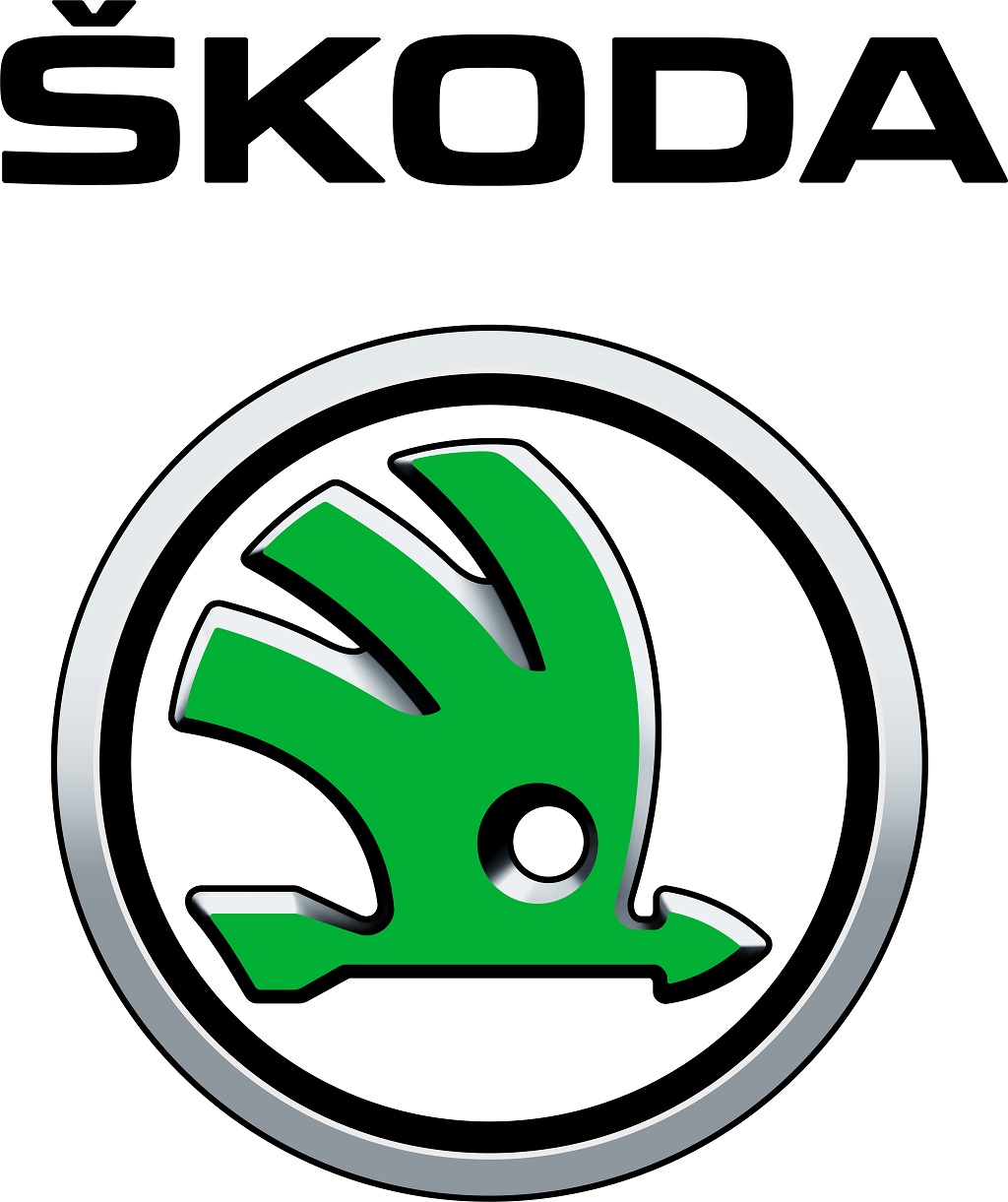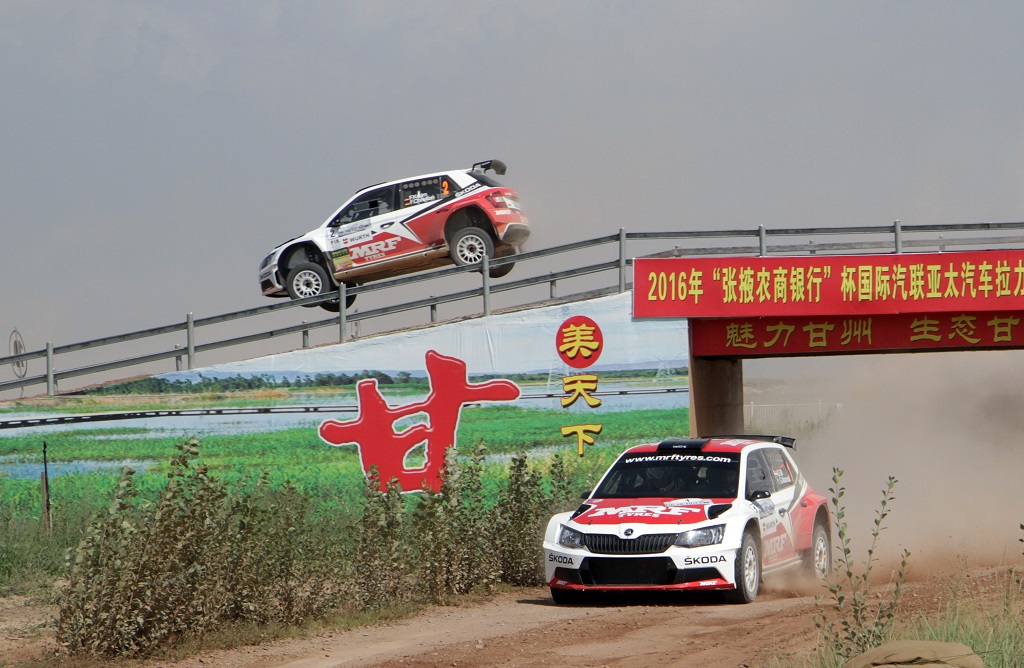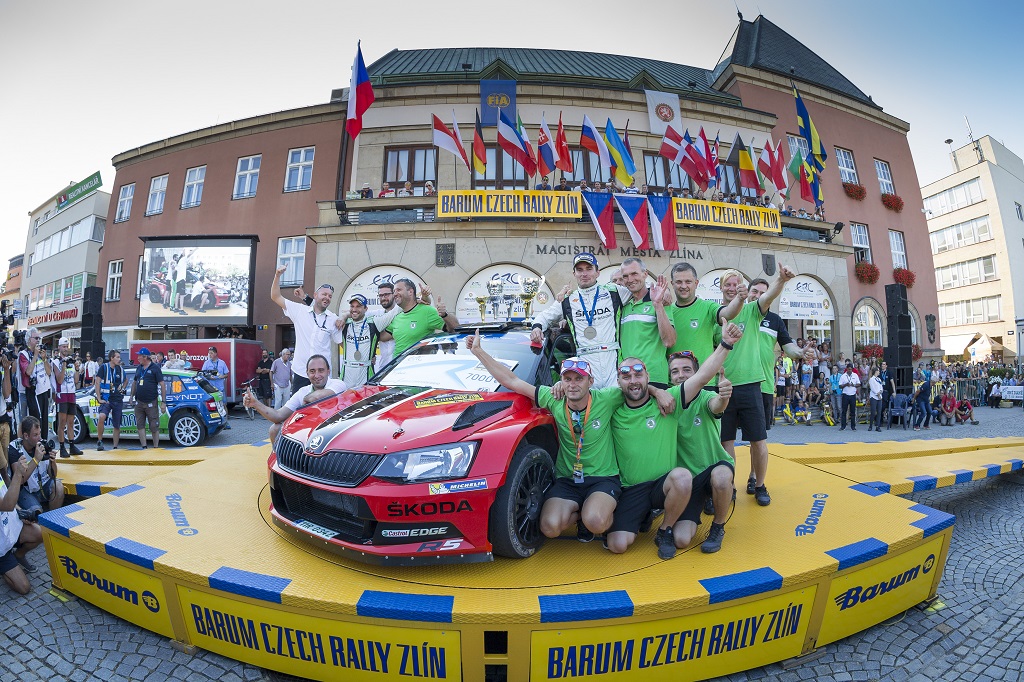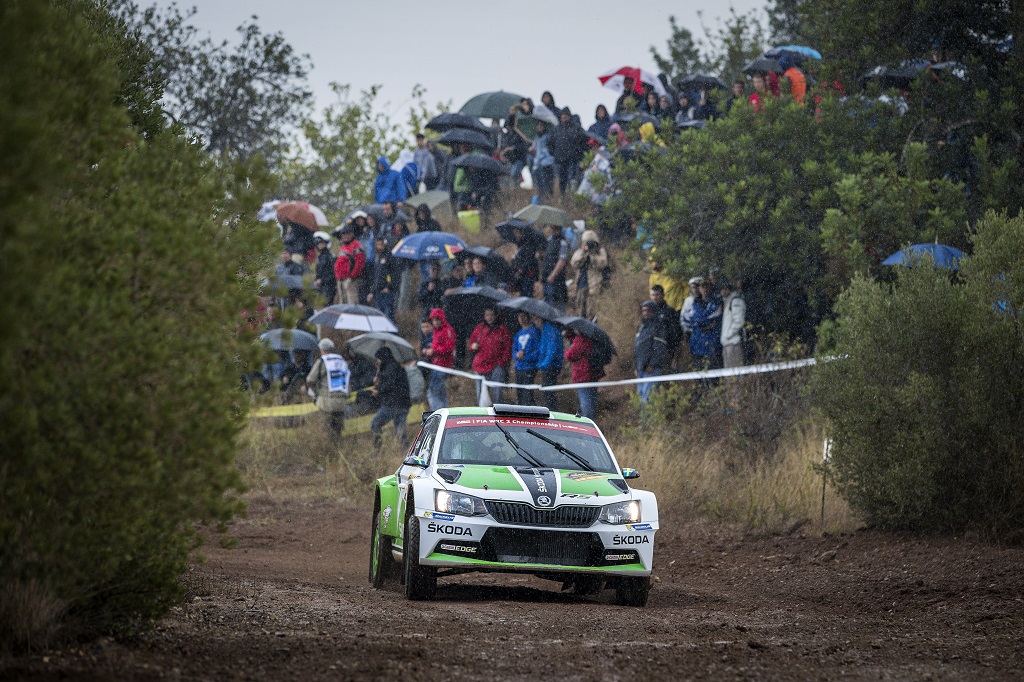“ŠKODA is proud of their long tradition in motorsport,” said ŠKODA Michal Hrabánek, Director of ŠKODA Motorsport. “In the 1930s, the ŠKODA Popular celebrated similar success as the current ŠKODA Fabia R5 rally car. The successes of our predecessors are a great motivation for us. In the 2015 season, the new ŠKODA Fabia R5 brought us four victories in the WRC 2, five national titles and the fourth APRC champion title in a row.”
“The technical concept of the ŠKODA Popular, with the then state-of-the-art central tube frame, independent suspension front and rear and the transaxle arrangement was in many ways ahead of its time,” explains Michal Velebný, coordinator of the restoration workshop at the ŠKODA Museum in Mladá Boleslav. “The ŠKODA Popular scored significant successes both in Europe and South America on the racing and rally tracks.”
Along with the Rapid and Superb models, in 1934 the ŠKODA Popular laid the foundation for the rise of ŠKODA in the 1930s to become the best-selling brand in their Czechoslovak home market and a recognized car brand in Europe. In their time, the vehicles set standards in terms of technology, design and value for money.
The ŠKODA Popular, which was on the starting line of the Monte Carlo Rally 80 years ago, had a three-speed transmission and an engine from the Rapid model series. The four-cylinder engine with a displacement of 1386 cubic centimetres provided 34 hp (25 kW). Two fuel tanks with a capacity of 170 litres gave the car a range of around 1500 kilometres. The car’s top speed was 110 kilometres per hour. From the total weight of 790 kg, the open-top body weighed only 250 kilograms; the fully loaded Popular came in at just 960 kg. The crew added about 170 kg to that.
On 14 January 1936, Pohl and Hausman embarked on their journey to the legendary rally. They started out from Prague in the direction of Athens with their open-top ŠKODA Popular. From there, they completed the 3852 km long race through Thessaloniki,
Belgrade, Budapest, Vienna, Strasbourg and Avignon to Monaco. On 29 January 1936, they crossed the finish line without a single penalty point. Also, under technical scrutiny and dexterity road tests, the duo passed with flying colours. Pohl/Hausman took second place in the <1500 cm3 class in their ŠKODA Popular.
The race was held in difficult and changeable weather conditions. During the winter months, driver team Pohl/Hausman kitted out the car an additional hot air blower, thermos-flask holders and an electrically heated windshield wiper. For stop gaps, the passenger seat could be conveniently folded down. The duo was also commissioned to try out leather overalls and off-road tyres for the domestic brand Bata in the Giant Mountains.
Spurred on by their Monte Carlo success, the brand brought out several particularly sporty models under the name of ŠKODA Popular Sport Monte Carlo, 70 of which were built between 1936 and 1938 as roadsters and stream-lined coupés. One such example is now in the ŠKODA Museum’s collection in Mladá Boleslav.
The Popular lived up to its name. The lightweight, low-cost model became a very popular vehicle, fulfilling the long-awaited dreams of a broad range of customers to own a car. The four-seater ‘People’s car’ was not only available as a saloon, but also as the two-door ‘Tudor’ and as a semi-convertible, plus there was a two-seater roadster and a delivery van version.
The ŠKODA Popular quickly became the best-selling automobile in former Czechoslovakia. From 1934 to 1946, ŠKODA sold over 20,000 ŠKODA Popular models, of which a remarkable 6000 units were exported to 50 other countries within Europe and further afield, including China, India, as well as several African and South-American countries. One major reason for the Popular’s great appeal was its superior reliability. ŠKODA underpinned the vehicle’s reputation as a robust and versatile character with a series of long-distance drives.



